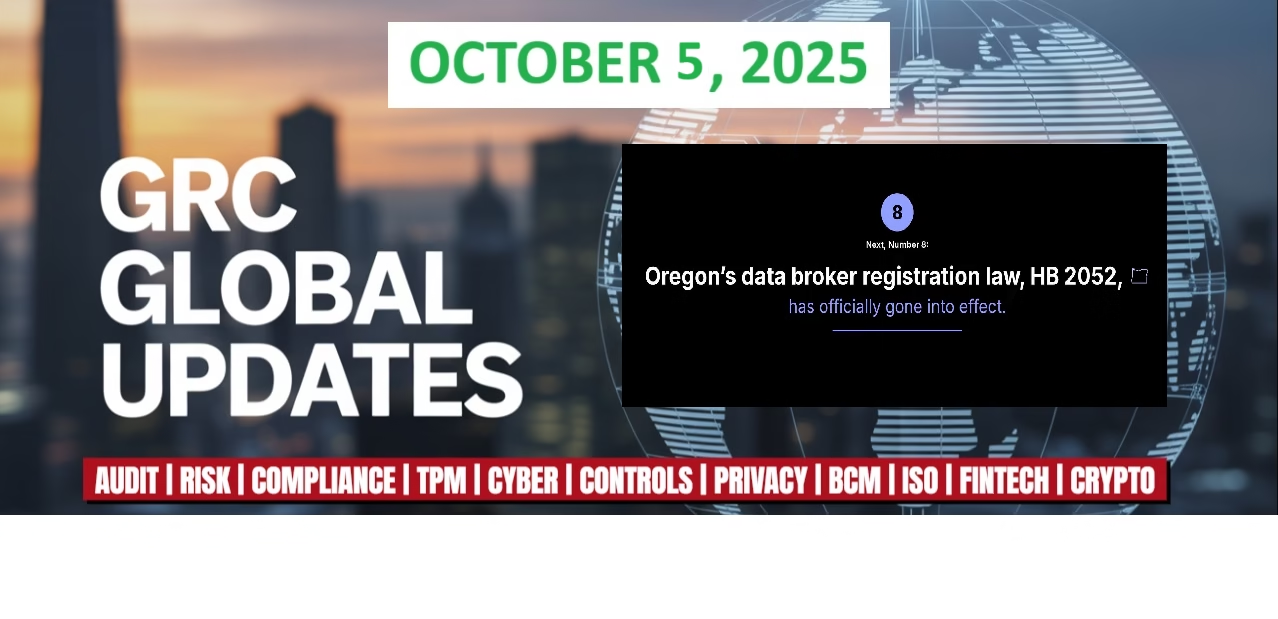In today’s ever-evolving business landscape, the intersection of environmental, social, and governance (ESG) initiatives with regulatory obligations is becoming increasingly crucial. Companies are recognizing the importance of embedding ESG considerations into their compliance programs to not only mitigate long-term risk but also meet the expectations of investors and stakeholders.
Let me explain why this integration is essential. By incorporating ESG factors into compliance practices, organizations can proactively address environmental and social issues while maintaining regulatory alignment. For example, a company that implements sustainable sourcing practices not only reduces its carbon footprint but also ensures compliance with environmental regulations.
When it comes to governance risk and compliance, organizations must adopt a holistic approach that encompasses ESG considerations. This means developing governance frameworks that not only enhance decision-making processes but also prioritize sustainability and social responsibility. Think of it as laying a strong foundation for long-term success while staying true to ethical leadership principles.
One best practice for bridging sustainability and regulatory risk is to implement a robust risk management strategy that includes ESG factors. By identifying and assessing ESG-related risks, organizations can create risk mitigation plans that address both regulatory requirements and sustainability goals. This approach allows companies to not only protect their reputation but also drive positive change in the communities they operate in.
Another key aspect of ESG compliance is transparency and reporting. Companies should leverage technology and data analytics to track and report on their ESG performance effectively. By implementing compliance tracking software and real-time analytics tools, organizations can ensure that they are meeting regulatory obligations while transparently communicating their sustainability efforts to stakeholders.
In conclusion, the integration of ESG considerations into compliance programs is no longer a nice-to-have but a must-have for businesses looking to thrive in today’s socially conscious and heavily regulated environment. By embedding sustainability and social responsibility into governance risk and compliance practices, organizations can build trust with investors, enhance their reputation, and contribute to a more sustainable future. So, when it comes to ESG compliance, remember: sustainability and regulatory risk go hand in hand.



